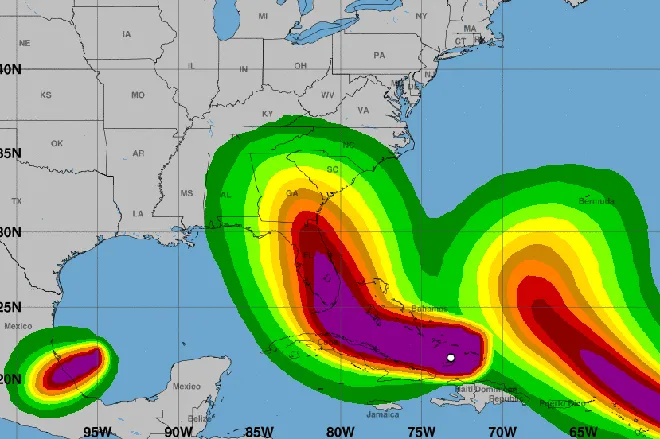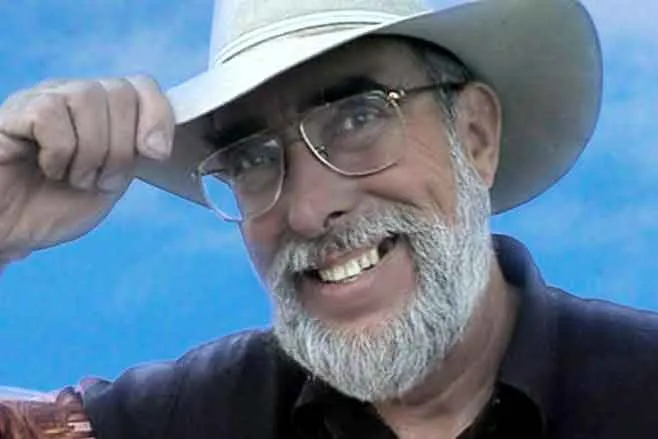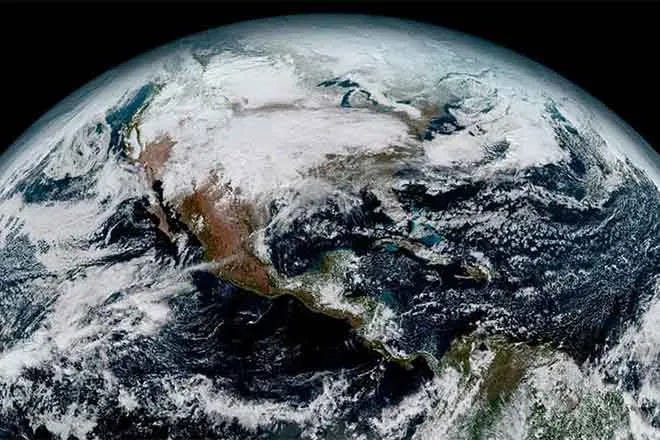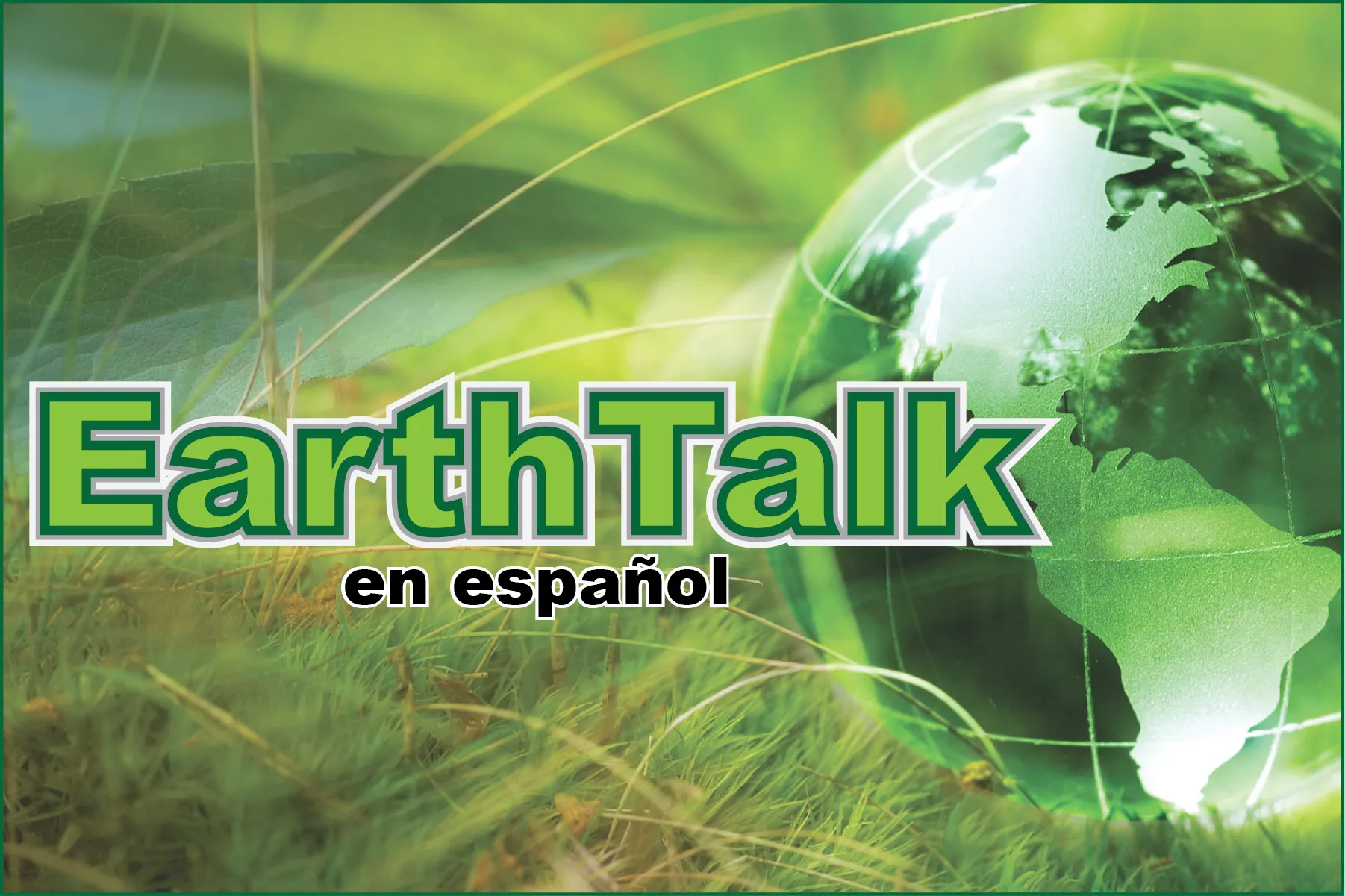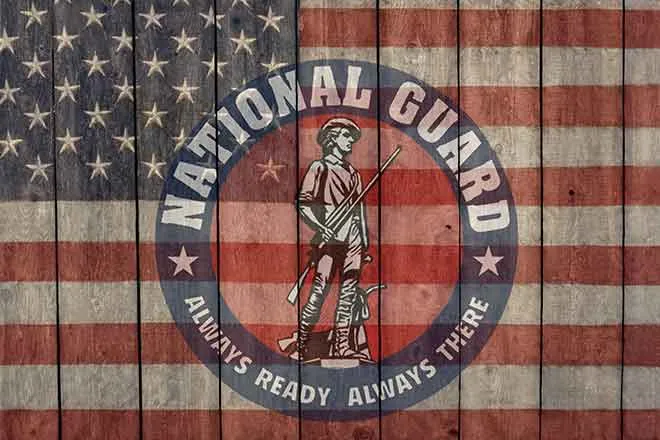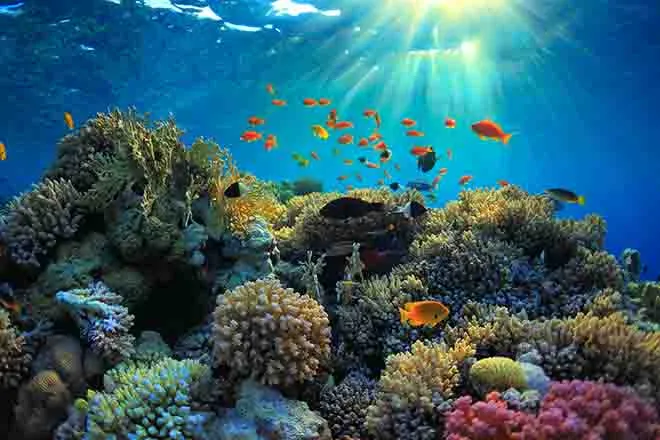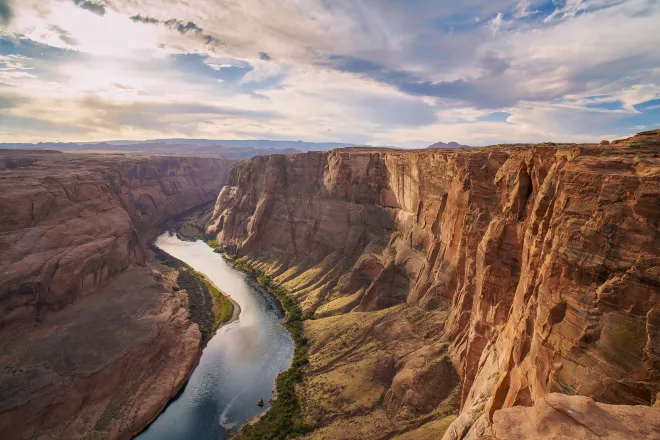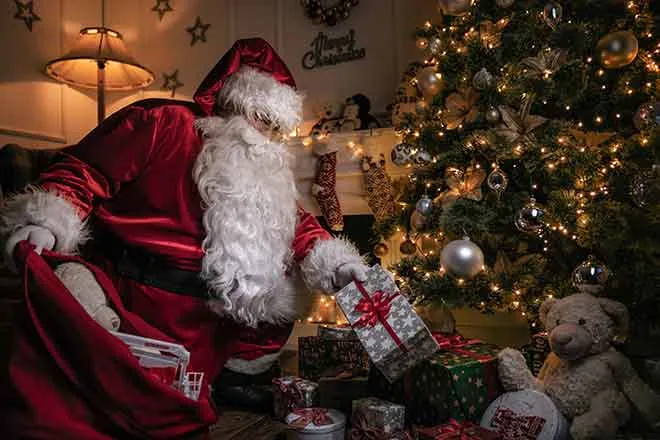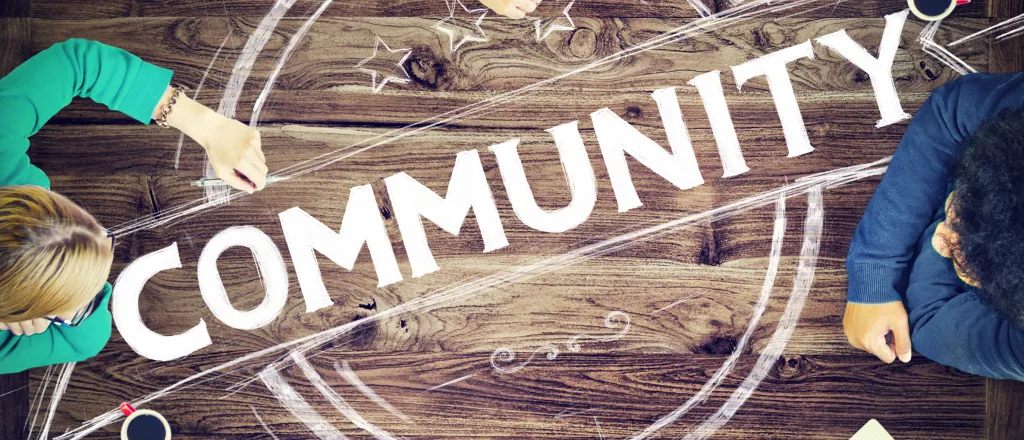
The Yonder Report: News from rural America - April 25, 2024
News from rural America.
The urban-rural death divide is widening for working-age Americans, many home internet connections established for rural students during COVID have been broken, and a new federal rule aims to put the "public" back in public lands.
TRANSCRIPT
(upbeat music) For the Daily Yonder and Public News Service, this is the news from rural America.
Working age rural Americans are dying sooner than their urban peers, according to USDA research.
Rural adults, 25 to 54, die from things like heart disease and cancer at a rate 43 percent higher than city dwellers.
Jasmine Orozco Rodriguez with Kaiser Health says much of that rural population lacks good access to the healthcare system.
If there are higher rates of people who are uninsured, then it's likely that those people are not getting the care that they need.
She says the gap is driven by preventable deaths for women.
The federal figures show that in rural places, female mortality in the prime working age rose by nearly 20 percent over the past 25 years, six times the increase for men.
Meanwhile, the mortality rate among native women jumped even higher, by 55 percent.
Hospitals continue to close in rural areas.
That's been a harbinger for all of the underlying issues as well.
When schools fled classrooms for Zoom in 2020, many rural students gained home internet access for the first time.
But as Olivia Weeks reports, many of those new connections have been broken.
During the pandemic, online learning required internet access for all.
Gabriel Hales with Michigan State found rural schools successfully got 16 percent more students online. - This increase in 2021 is almost entirely due to state and federal initiatives and funding that allowed schools to provide for Wi-Fi hotspots or devices to students that did not have internet connectivity before. - But according to Hales, the effect of those programs hasn't been permanent. - Many more students do not have access and especially reliable, fast access at home than during the height of the pandemic. - Hales says as of now, one third of students in rural Michigan don't have high-speed home internet.
I'm Olivia Weeks. - A new rule aims to put the public back in public lands and better balance conservation with industries like oil and gas.
For 80 years in theory, the Bureau of Land Management has encouraged multiple uses, but historically, mineral extraction and cattle grazing have enjoyed priority over preservation and recreation.
New Mexico Wildlife Federation's Jesse Dubelle says the new BLM rule means a better balance. - Now decisions are gonna be made with conservation in the forefront.
And of course, conservation by definition is the wise use of our natural resources. - Public lands also have a history of broken treaties and colonialism.
With the new rule, BLM can issue conservation leases or landscape restoration to nonprofit and community organizations, including tribal communities.
Keegan King leads New Mexico's Native Land Institute. - I'm a conservationist, but I'm also a hunter.
And it's important that all of it is maintained for future generations. - For the Daily Yonder and Public News Service, I'm Roz Brown.
For more rural stories, visit dailyyonder.com.

